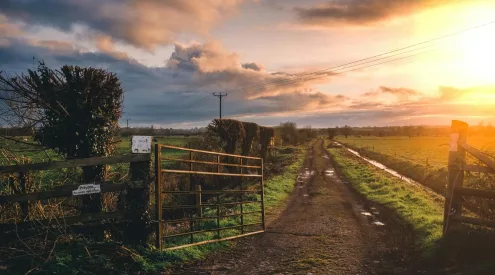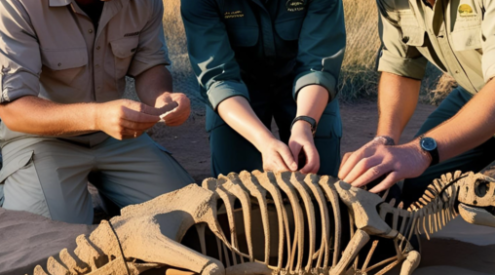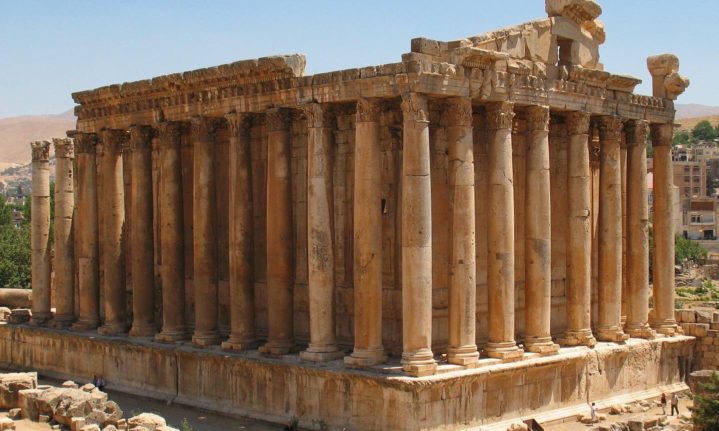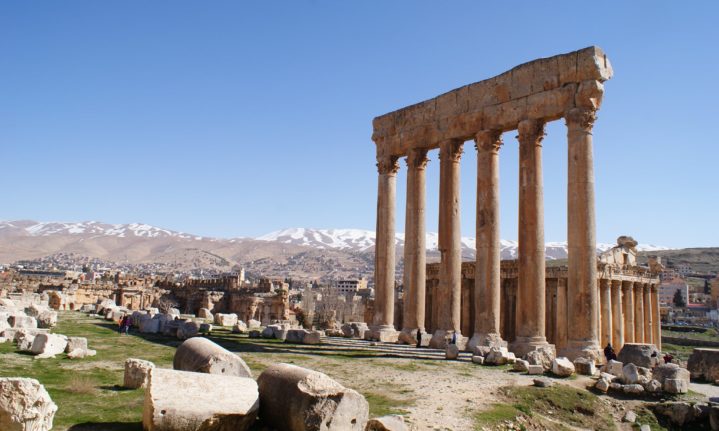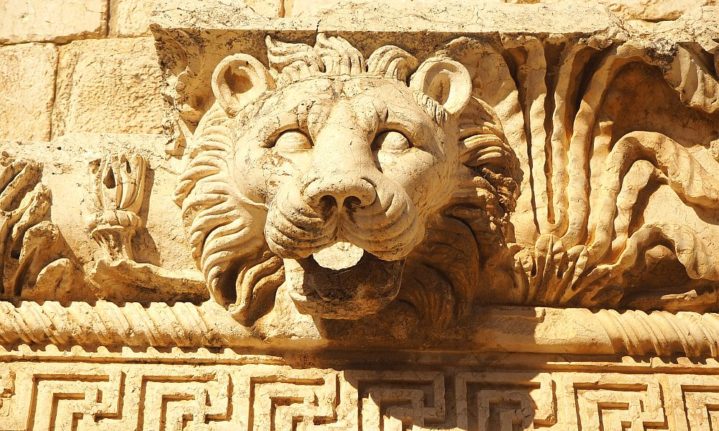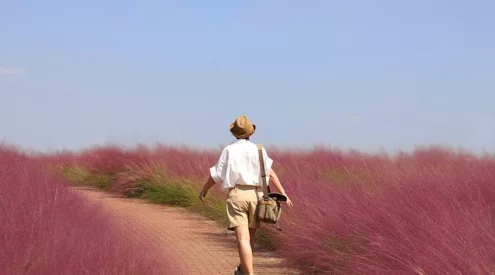Second on Bloomberg‘s second list of the ‘new’ Seven Wonders of the World, Baalbek, is also popularly known as the City of the Sun. The 2,000-year-old city located in the Bekka Valley is a large archaeological complex that surrounds an ancient Roman town in eastern Lebanon. This complex is elevated 1,130metres and 80km east-northeast of Beirut. It was originally created to honour Jupiter and Bacchus.
Baalbek has three temples (Jupiter, Venus, and Mercury) known as the Romanised Triad of Heliopolis.
Not only has this site made it onto the Bloomberg list of ‘new’ Seven Wonders of the World but was designated a UNESCO World Heritage Site in 1984.
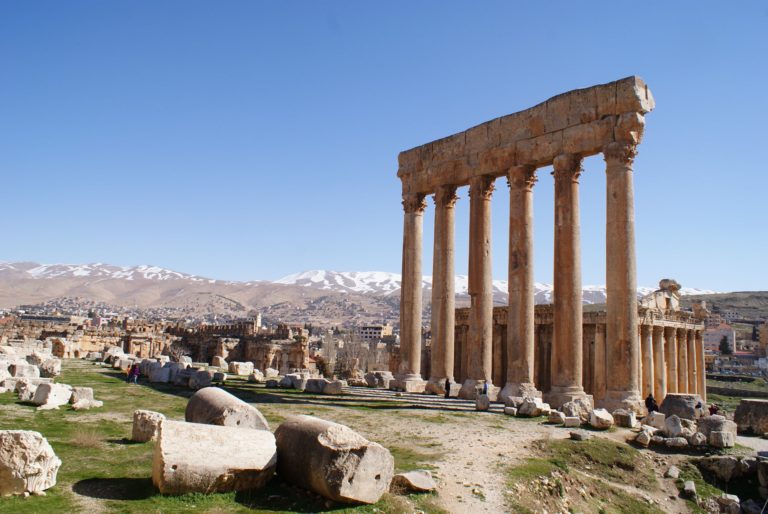
The Temple of Jupiter in Baalbek, Lebanon
Extraordinary for its 20m high columns and gigantic stones of its terrace, the Temple of Jupiter is the principal temple of the triad and was completed in the 2nd century. Only small portions of the temple still exist today, but before it was a massive building with an entranceway that led into a hexagonal forecourt where it is presumed dances were performed.
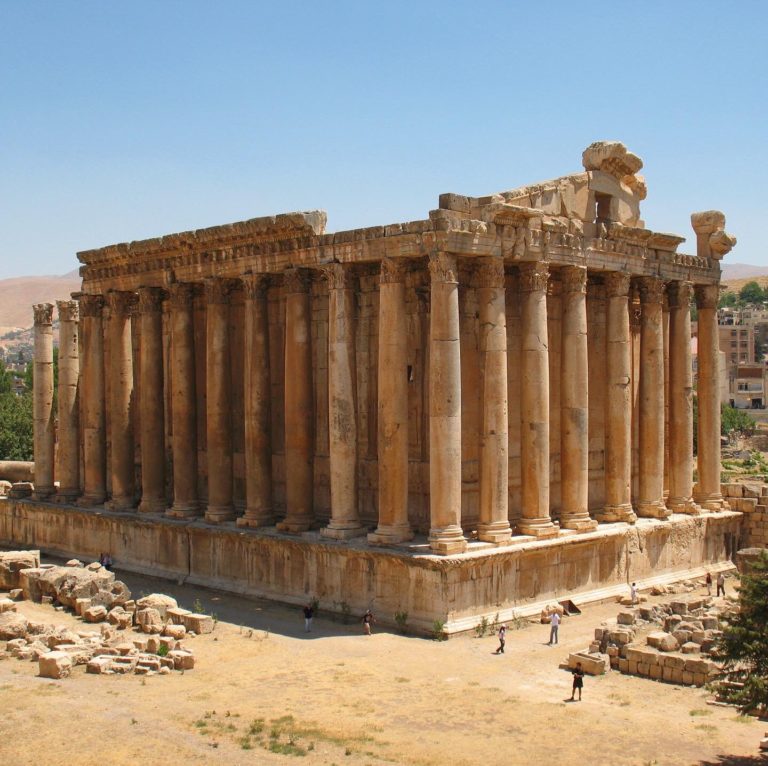
The Temple of Bacchus in Baalbek, Lebanon
Adjacent to the Temple of Jupiter is the richly and profusely decorated Bacchus temple with majestic dimensions and a monumental gate sculpted with Bacchic figures. This temple is a dedication to Bacchus, the god of wine.

The Temple of Venus in Baalbek, Lebanon
In a city where other sanctuaries are marked by monumental structures, the Temple of Venus has a very different layout and refinement when compared to the other temples. It was built in the 3rd century on top of a horseshoe-shaped platform. The temple was later used as a church, dedicated to Saint Babara, known in the Eastern Orthodox Church as the Great Martyr Barbara.

Random stairway carved on the rock to prove that the Temple of Mercury once existed on top of the hill.
The Temple of Mercury was located on Cheikh Abdallah Hill and UNESCO has announced that only a stairway carved from a rock is proof that it once existed.
Stay tuned for the next part in our series on Bloomberg’s new Seven World Wonders no 3: Nahanni, Canada
ALSO READ
Bloomberg’s ‘new’ Seven World Wonders no 1: Antequera Dolmens, Spain
Source: Britannica, UNESCO
PICTURES: Twitter


